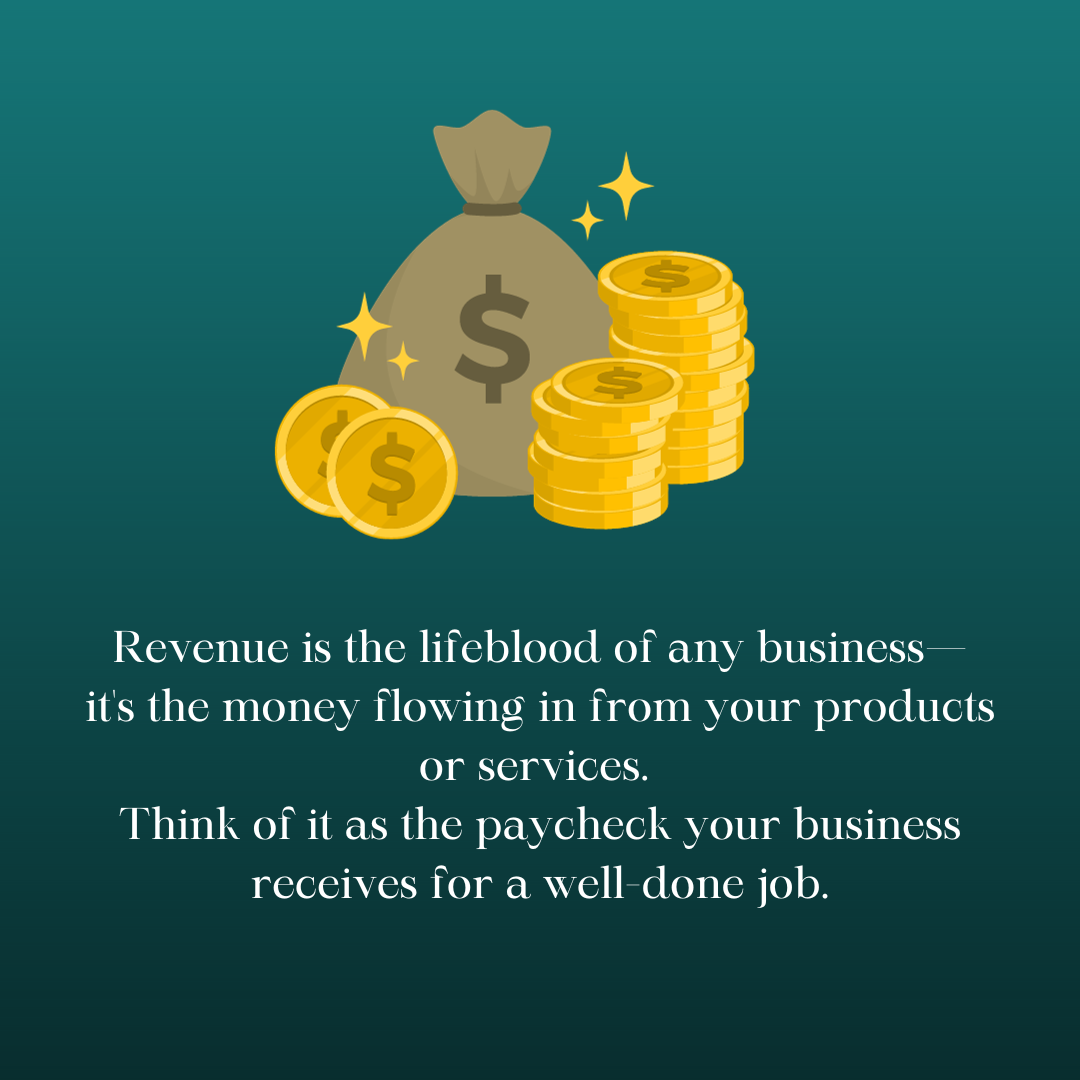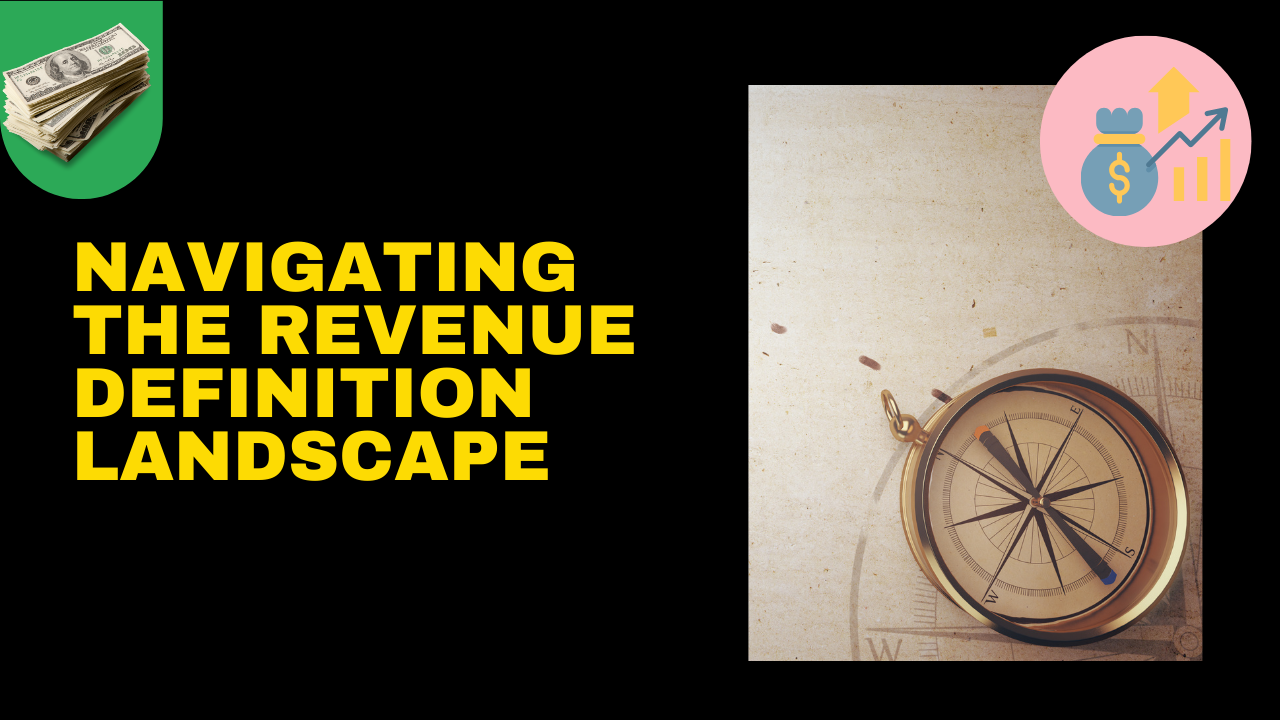Revenue Definition:
Hey there, curious minds!
Ever found yourself scratching your head when the term "revenue" comes up in business discussions?
Fret not; you're not alone.
In this article, we'll embark on a journey to demystify revenue.
Also break down the formula, delve into calculations, and sprinkle in some real-world examples to make things crystal clear.
What is the Definition of Revenue?
Let's kick things off with the basics.
Of course, Revenue is the lifeblood of any business—it's the money flowing in from all those products or services you're offering.
So, think of it as the paycheck your business receives for a job well done.
Revenue Definition and the Formula Unveiled
Now, let's get down to the nitty-gritty.
First of all, the formula for revenue is as straightforward as it gets:
Revenue=Number of Units Sold×Price per UnitRevenue=Number of Units Sold×Price per Unit
For the most part simple, right?
No matter what you're selling. If it is widgets, gadgets, or doodads.
Certainly, this formula holds the key to unlocking your business's financial potential.
Revenue Definition and Crunching the Numbers
Let's break down the components of the formula.
And see how they dance together.
Imagine you're running a cozy online bookstore.
You sell 100 books (that's your number of units sold) at $20 each (the price per unit).
So, plug these numbers into the formula, and voila:
Revenue=100×$20=$2000Revenue=100×$20=$2000
As a result, there you have it—$2000 in revenue! It's like solving a puzzle, isn't it?
Exploring Collections: Diving into Different Revenue Streams
Now, let's spice things up a bit by exploring different revenue streams, shall we?
Collections on our website can be likened to the diverse offerings in a business.
From e-books to audiobooks, each collection represents a unique avenue for revenue.
- E-books Collection
- Offering a digital haven for bookworms, our e-books collection caters to the tech-savvy reader. Dive into this collection to understand how digital sales contribute to your overall revenue pie.
- Audiobooks Collection
- For those who prefer a narrative on the go, audiobooks are the way to go. Explore how this collection adds a melodious note to your revenue stream.
Real-world Examples for Revenue Definition: Bringing Theory to Life
Again, theory is all well and good, but let's ground our understanding with some real-world examples.
"Our E-books Collection saw a 30% boost in revenue last quarter, thanks to a strategic partnership with popular authors."
In fact, here, a tangible example highlights the impact of business decisions on revenue growth.
Why Revenue Matters
Now that we've grasped the nuts and bolts, let's explore why revenue is the linchpin of business success.
- Business Growth
- Revenue is the fuel that propels your business forward. It's not just about making money; it's about funding expansion, innovation, and staying ahead of the competition.
- Investor Attraction
- Investors are like bees to honey. A healthy revenue stream attracts potential investors, indicating a thriving and profitable venture.
"Our consistent revenue growth caught the eye of investors, leading to a fruitful collaboration that propelled us to new heights."
Conclusion: Navigating the Revenue Definition Landscape
In conclusion, understanding revenue is like navigating a bustling city.
Therefore, you need a map and a sense of direction.
Because collections serve as landmarks.
As a result, guiding you through the diverse terrain of revenue streams.
While real-world examples act as signposts, showing you the way forward.
So, next time someone throws around terms like "revenue," or “revenue definition,” you can nod knowingly.
Above all, armed with the knowledge of formulas, calculations, and real-world anecdotes.
Happy navigating and may your revenue sail smoothly into the sunset of success!












